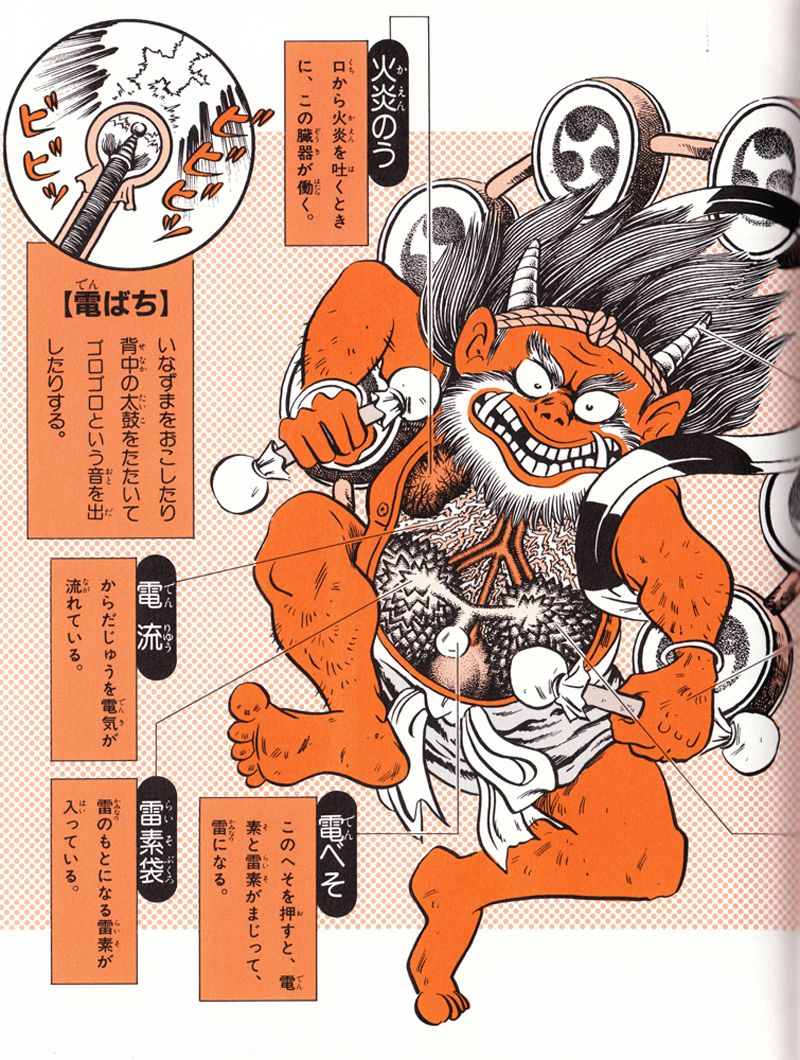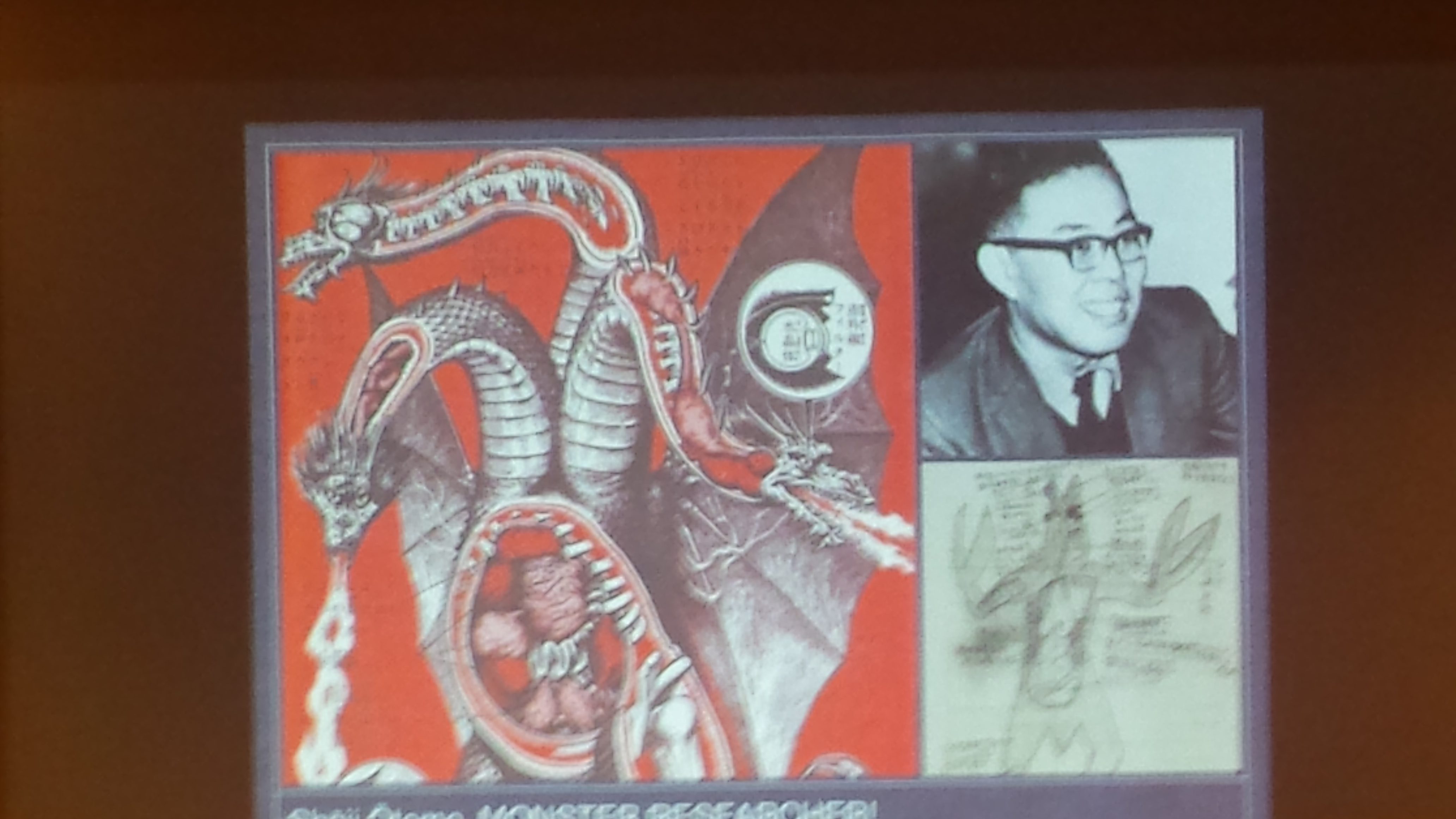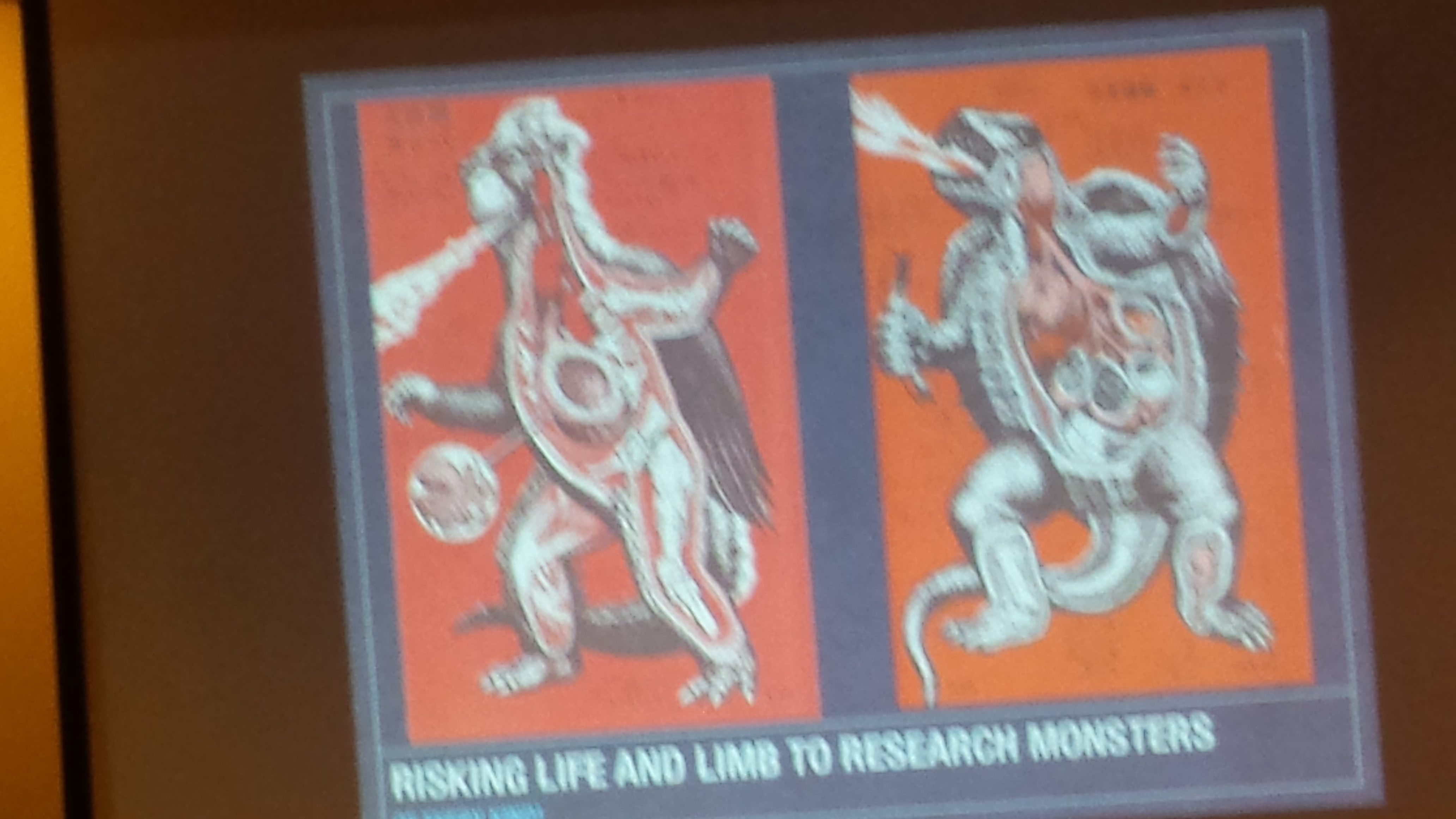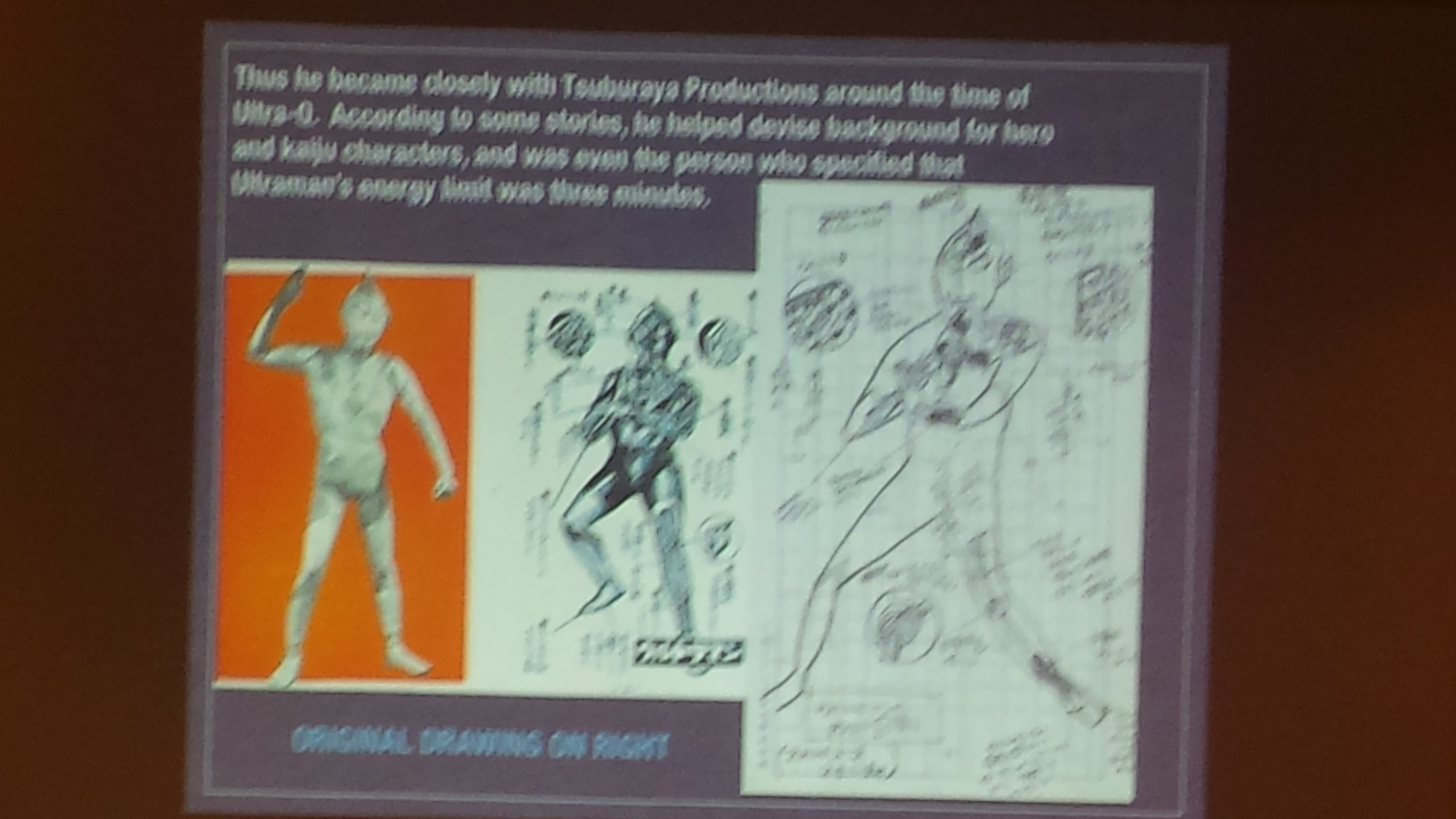
The PS Book of Fantastic Fictioneers: A History of the Incredible (volumes 1 and 2) edited by Pete Von Sholly
PS Publishing, 2019
ISBN-13: 978-1786364258 (volume 1)
ISBN-13: 978-1786364265 (volume 2)
Available: Hardcover
Fantastic Fictioneers is a two-volume set from PS Publishing of short essays, arranged alphabetically, meant to celebrate 120 people who have contributed to what creator Pete von Sholly describes as the “imaginative arts”. This term covers individuals who have contributed to a wide swath of media, from children’s authors to comic book artists and writers, movie directors, animators, actors, publishers, and writers of science fiction, mystery, and horror. Some have passed away, like H.P. Lovecraft and Forrest Ackerman, and others are still with us, like Stuart Gordon and Ramsey Campbell. Each entry starts with a large illustration filling three-quarters of a page including the likeness of the entry’s subject accompanied by an illustration by von Sholly of what made them a prominent “fantastic fictioneer” (for example, the entry on Charles Addams pictures the Addams Family conjuring up Addams’ ghost in a seance; the background of Hiernomyous Bosch’s portrait contains creatures from his paintings; Ray Harryhausen’s face floats among his many models) followed by the first few paragraphs of a short essay. Some essays are detailed biographical entries, others are more personal accounts, and many are a combination. The entry on H.R. Giger includes musings and analysis on his work; the entry on Octavia Butler goes into detail on her life but includes a personal account; and Maria Alexander’s entry on Clive Barker is mainly a personal account of her experiences with him and his work. Each essay includes many photographs of artifacts and artwork related to the work of the essay’s subject, as well as photos of the individual. Von Sholly was able to get some prominent names to write many of the essays, including S.T. Joshi on Lovecraft, J.D. Lees on Ishiro Honda, and Harlan Ellison on Frank Herbert. If you have the time, you could spend quite a while turning the pages and learning a little about the varied “fantastic fictioneers” included.
The entries aren’t consistent enough in their format and content for the books to be used reliably as a reference source of biographical information, but the collection of individuals profiled crosses many areas of the “imaginative arts” and there is information on individuals that might not be typically covered (I had never heard of Seabury Quinn before). Although it could have benefited from a little more diversity (very few women and minority “fictioneers” are covered), Von Sholly explains that, outside of a few “obligatory” entries, the majority are subjective favorites. As long as the set already is, ultimately choices about what would be included had to be made, and there is no doubting that Fantastic Fictioneers is a labor of love. Unfortunately, while it is a gorgeous volume, it lacks an index, and many of the images are not credited, which could be a detriment to a library purchasing it. Fantastic Fictioneers will appeal most to collectors and fans, and large libraries interested in adding specialized biographical reference materials to their collections.
Due to the variety of individuals covered, and the expense of purchasing the set (about $130 for both volumes), I’m including images of the table of contents of both volumes below. It really is a wide-ranging collection of entries! For those fascinated by all aspects of speculative fiction, this is a unique collection!
Editor’s note: I received a PDF file from the publisher for this review.










Follow Us!